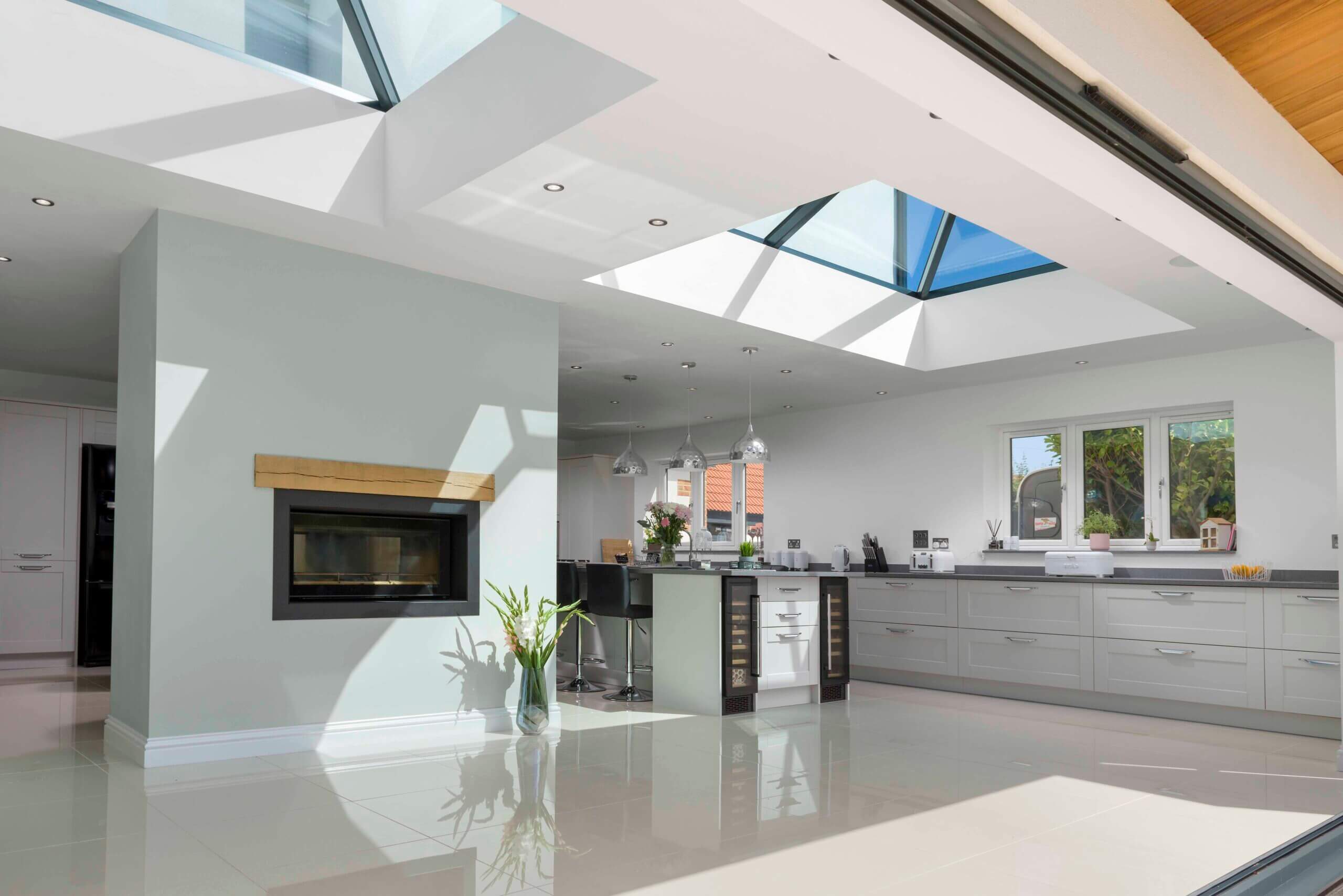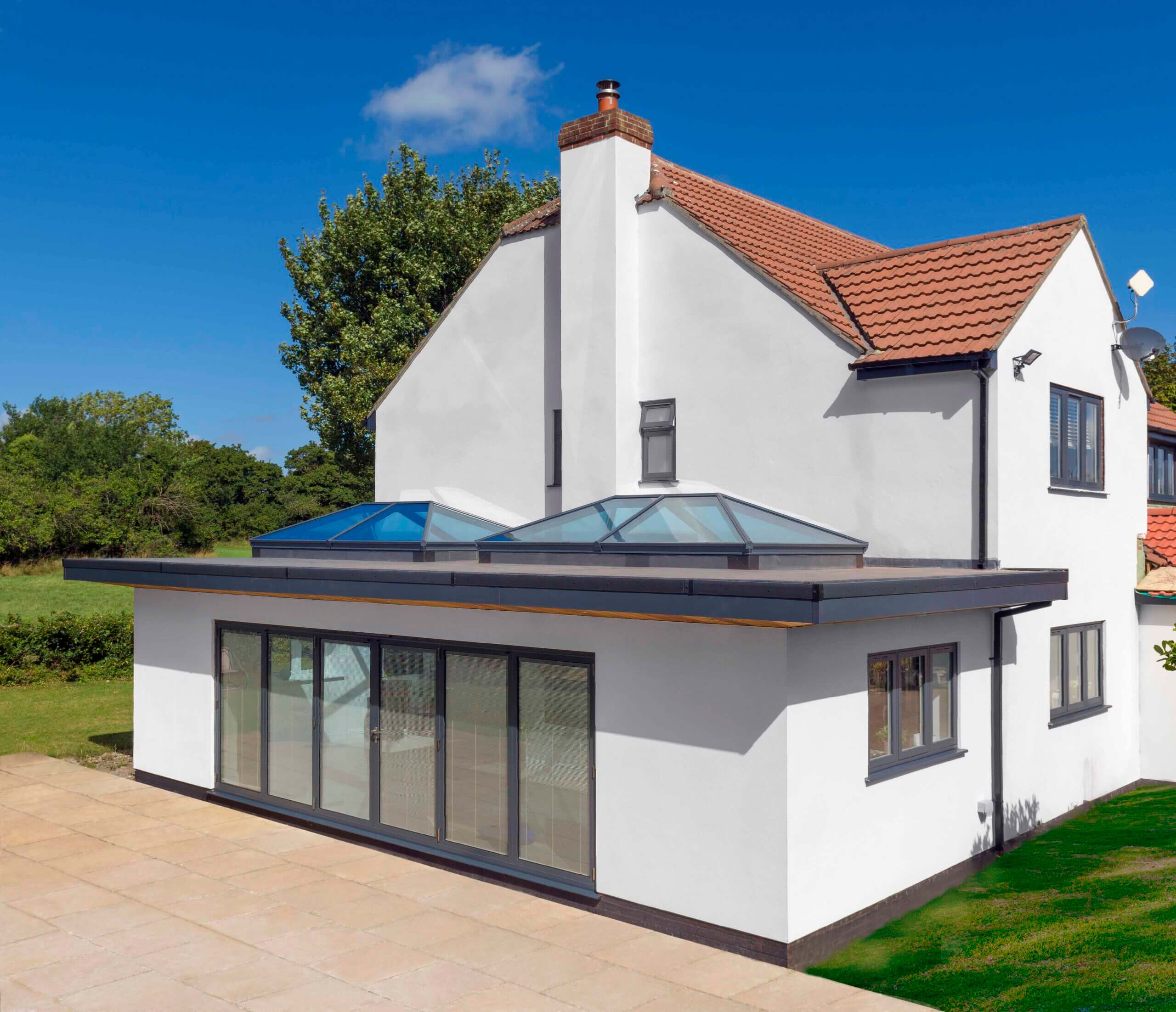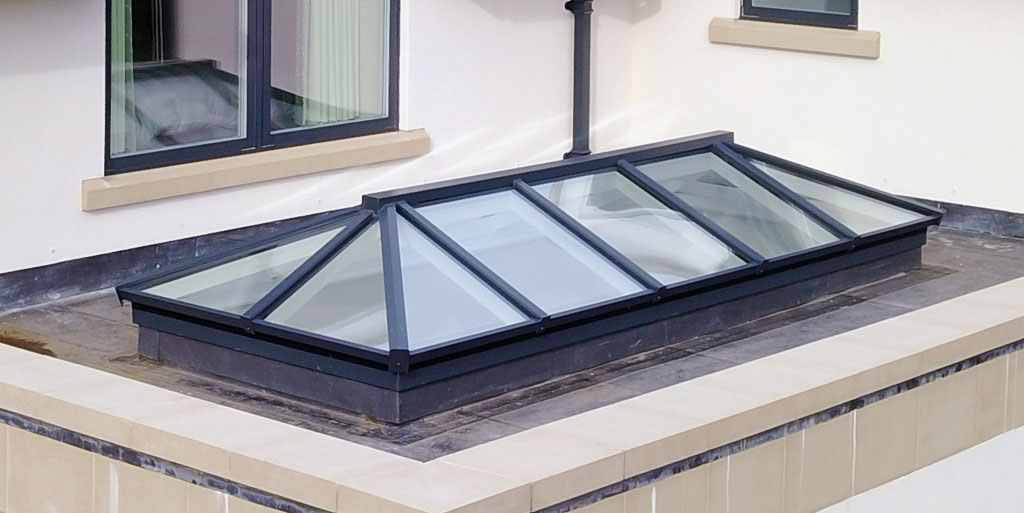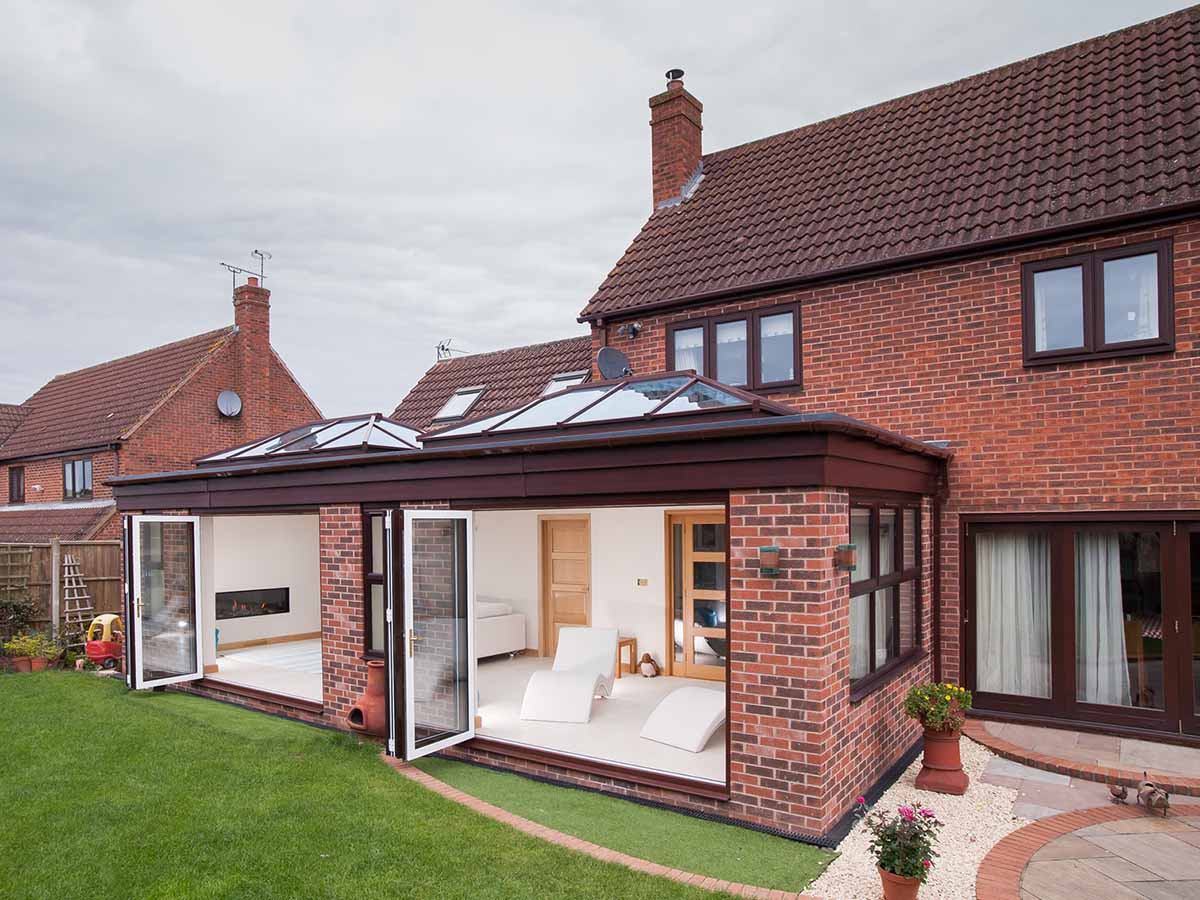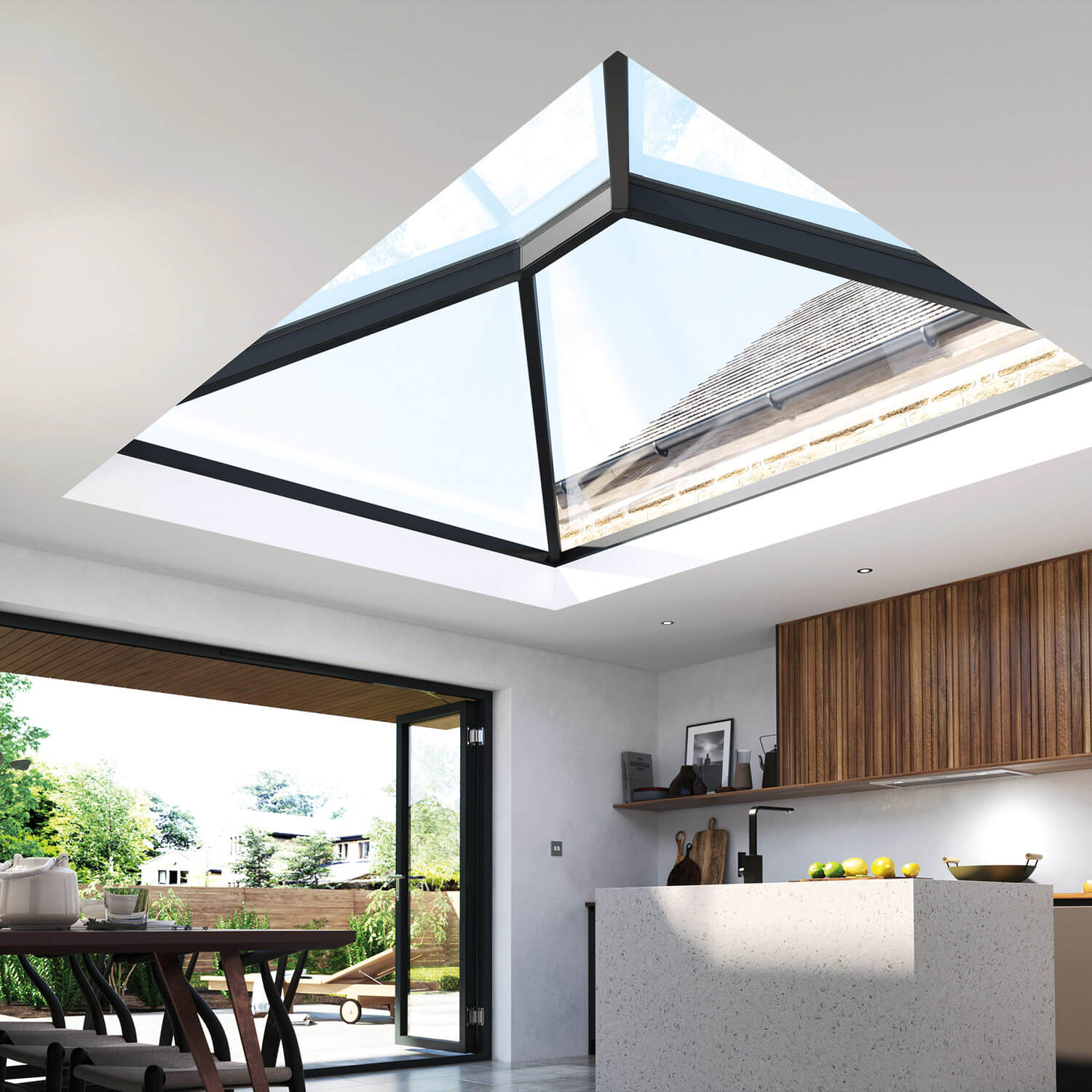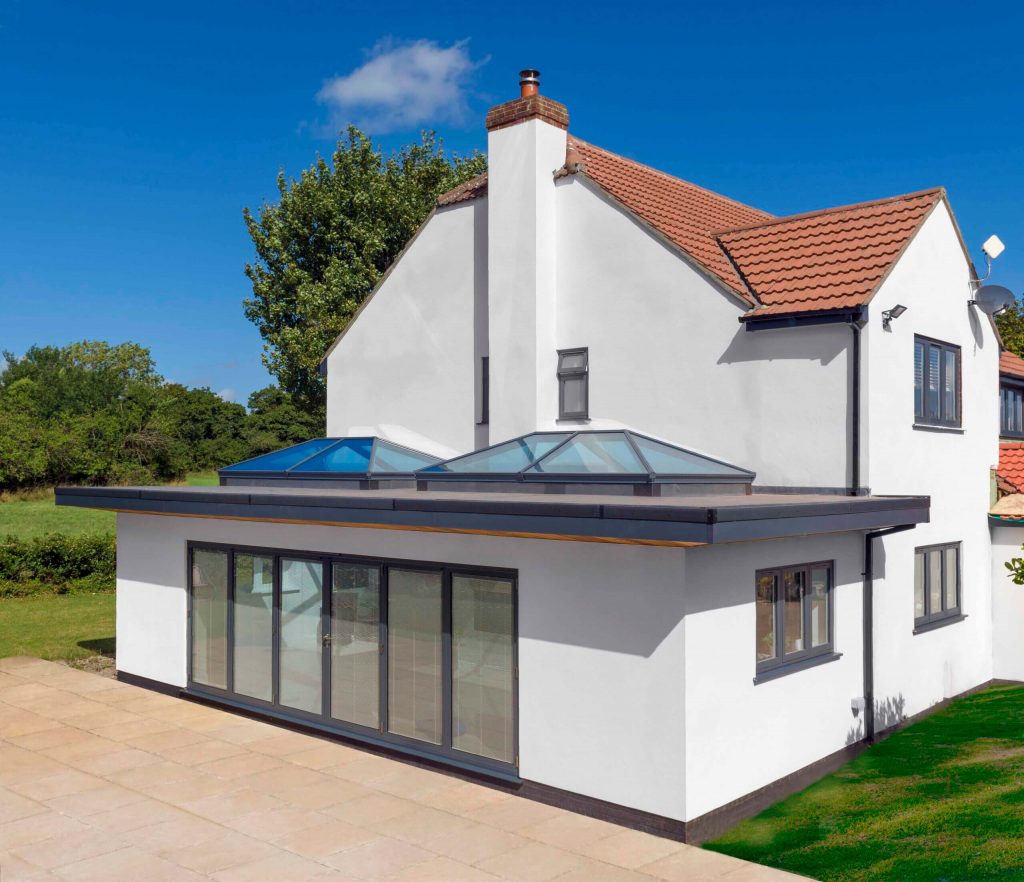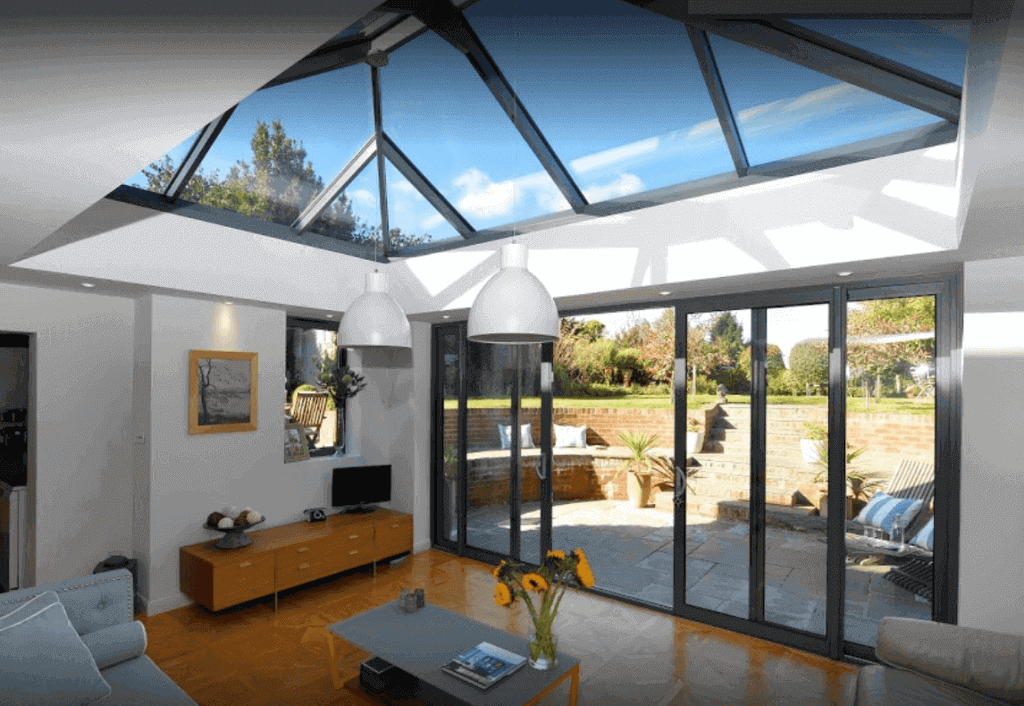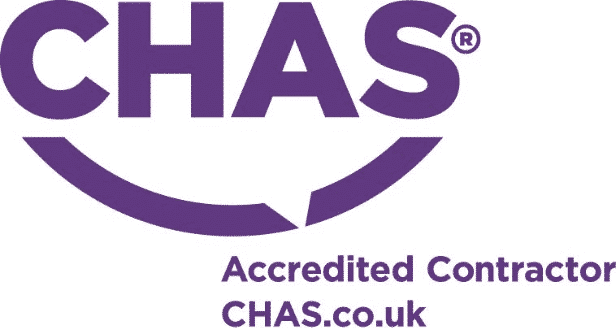Frequently asked questions
Do roof lanterns need planning permission?
In most cases, the installation of a roof lantern does not require planning permission in the UK if it adheres to specific permitted development guidelines. These guidelines state that the roof lantern should not extend more than 150mm above the existing roof's slope and its height should not exceed the highest point of the roof.
However, the need for planning permission may vary depending on local regulations, considering factors such as size, placement and impact on neighbours. To determine if planning permission is necessary for a specific roof lantern installation, it is advisable to consult the local planning authority or even an architect.
Can you add a roof lantern to an existing roof?
Adding a roof lantern to an existing roof is indeed possible, but several factors need to be considered beforehand. It is crucial to assess the structural integrity of the current roof to ensure it can support the additional weight and modifications required. Additionally, careful consideration of the design and dimensions of the roof lantern is necessary to ensure a proper fit and compatibility with the existing roof. Unfortunately, installing a roof lantern on a pitched roof is not feasible.
However, roof lanterns can be incorporated into most existing home extensions or rooms with a flat roof, as well as new areas of the home, provided that the roof is either flat or has a low pitch. Consulting with a professional architect or a reputable roof lantern supplier is recommended to evaluate feasibility and make the necessary adjustments for a successful installation.
Contact



